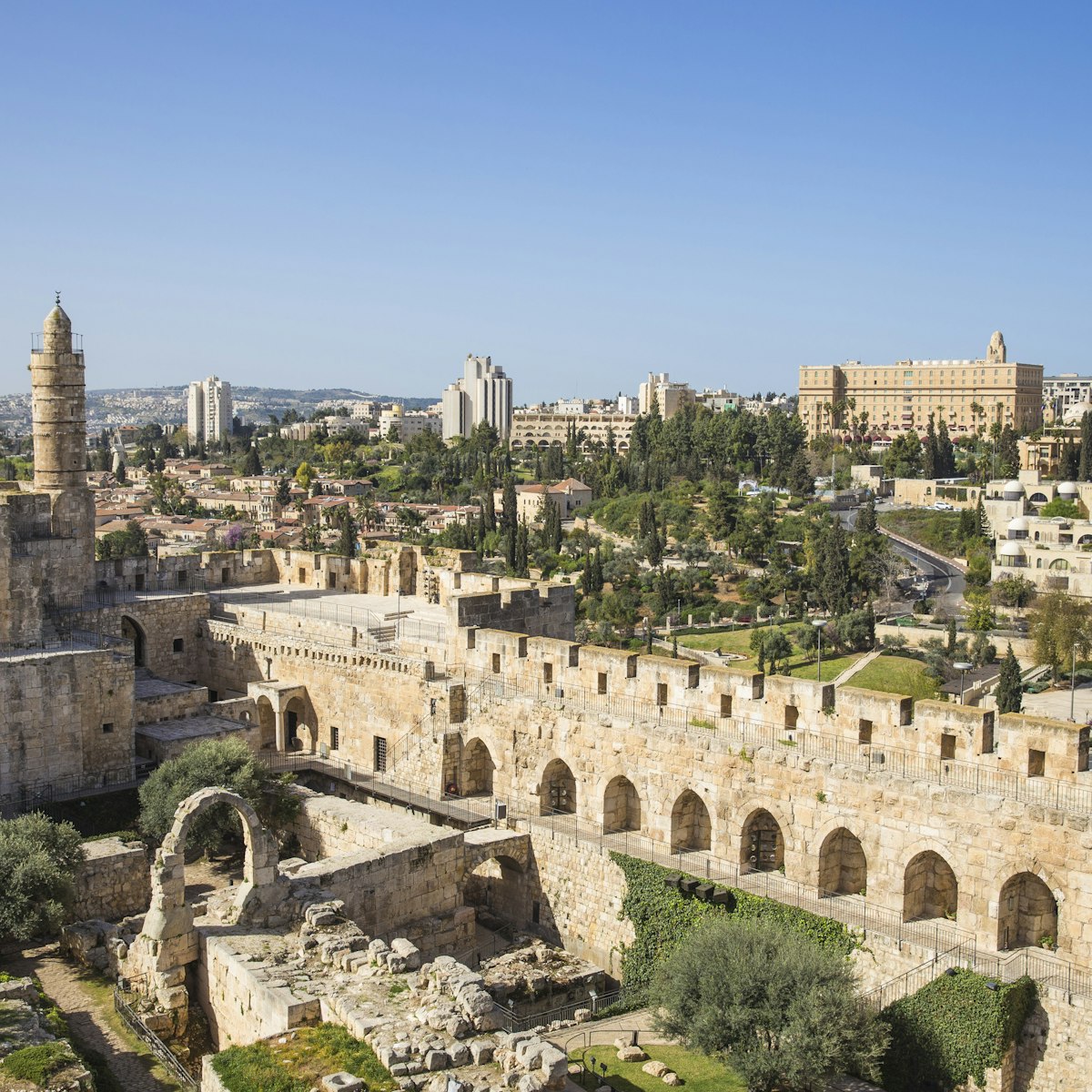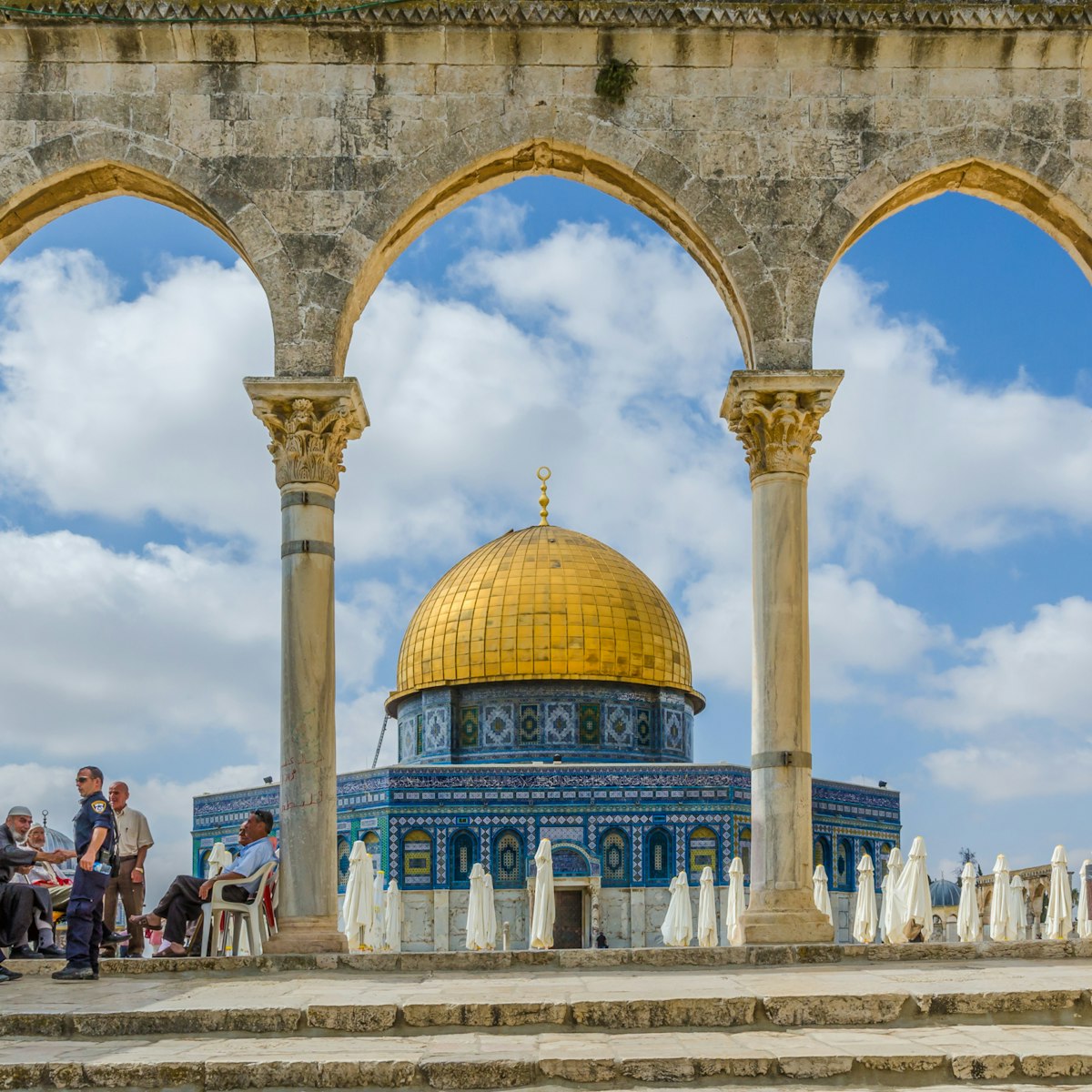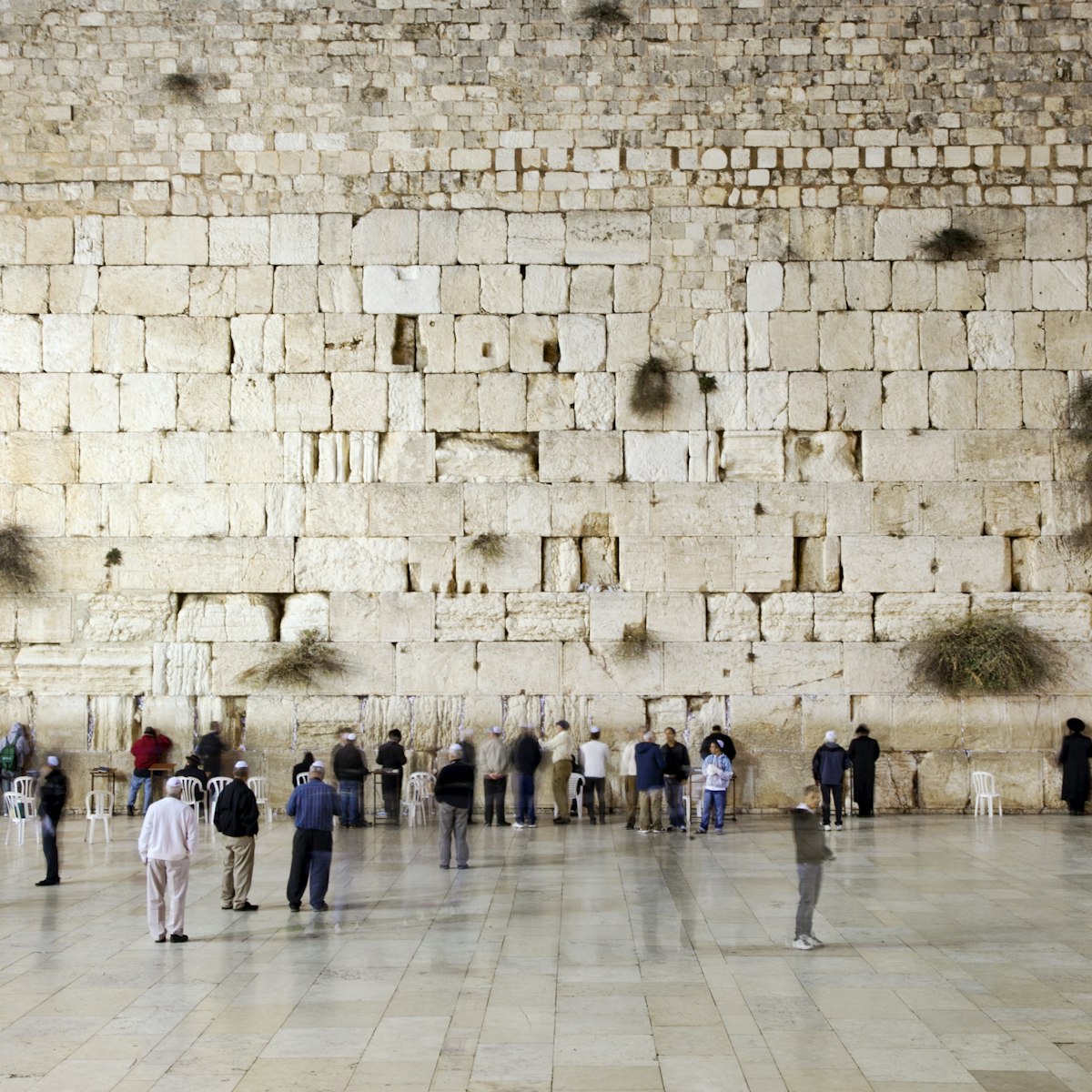This synagogue complex offers a taster of four places of worship, tightly packed together and able to be visited with a single ticket. The two oldest synagogues date from the late 16th century, and all four were in ruins following the Arab-Israeli War; they were restored between 1967 and 1972. With their associated study houses and charitable institutions, the synagogues were at the centre of the local Sephardi community's spiritual and cultural life until the late 19th century.
The synagogues remain active places of worship and celebration today.
In accordance with a law of the time stating that synagogues could not be taller than neighbouring buildings (and certainly not higher than mosques), these synagogues were embedded deep into the ground – a measure that saved them from total destruction during the bombardment of the Jewish Quarter in 1948. Instead, the synagogues were looted by the Jordanians and used as sheep pens. They were restored using the remains of Italian synagogues damaged during WWII.
The first synagogue in the grouping (closest to the ticket desk) is Eliahu Hanavi synagogue, the oldest of the four; its arches and dome reference Byzantine buildings. The early-17th-century Yokhanan Ben Zahai synagogue is named after a renowned Jewish sage, whose Second Temple study hall is believed to have stood on this spot. The elongated Emtza'i (Middle) Synagogue is the smallest of the four, created when a roof was built over a courtyard between two of the synagogues in the mid-18th century, creating a synagogue in between.
Doors in the Emtza'i lead to a small exhibit about the history of the synagogues, and to the Istanbuli Synagogue, which is the largest of the four and was the last to be built. It was constructed in the 1760s by immigrants from the Turkish city of the same name.







